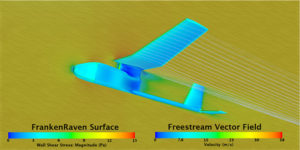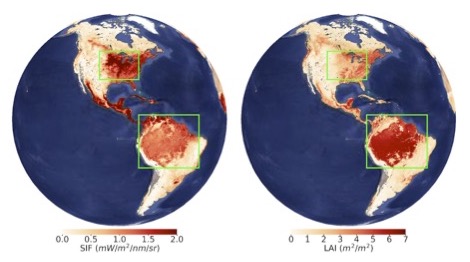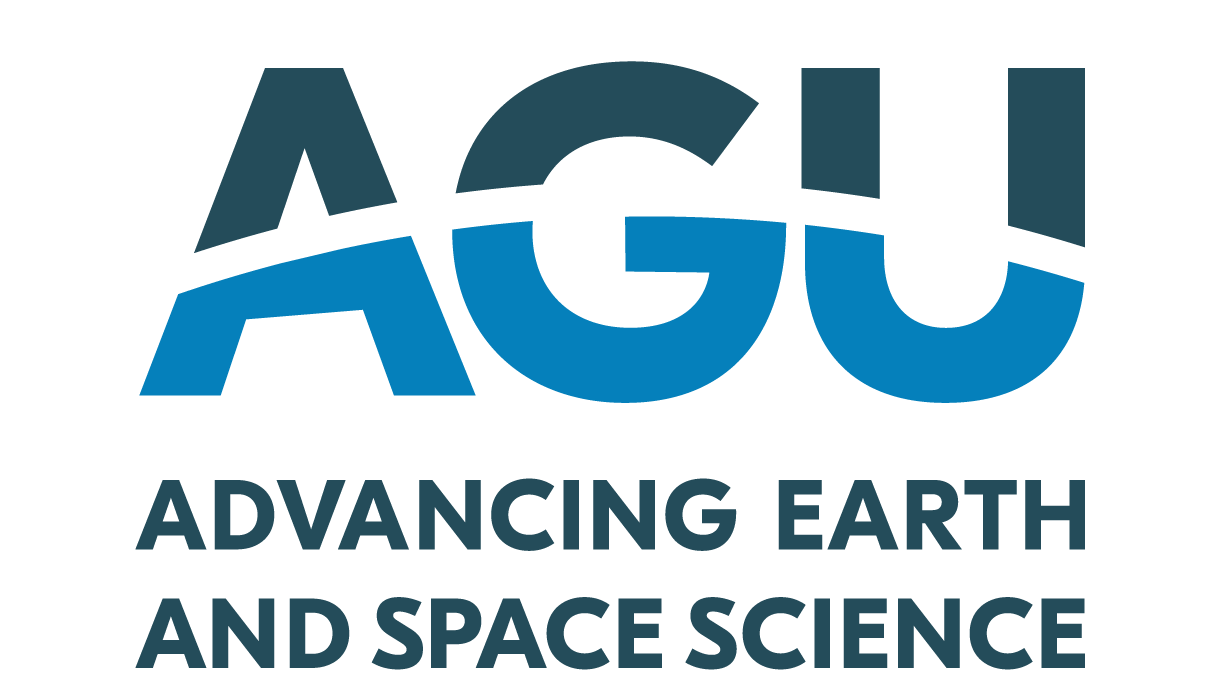For decades, scientists have used satellite data to assess the health and greenness of Earth’s…
Student Interns achieve dynamic UAS model using NASA supercomputer
Robert Comstock of Cal Poly San Luis Obsipo, and Sean Lam, University of Washington, have achieved the first simulations of an Unmanned Autonomous Systems (UAS) aircraft that will support a variety of aerodynamic analyses in support of future science missions. Along with Jared Sagaga (San Jose State University) and working with the Autonomous Systems Development Lab at NASA Ames Research Center, the team created a modular UAS to simulate computational fluid dynamics (CFD) on a FrankenRaven UAS using STAR-CCM software running on the Pleiades supercomputer. STAR-CCM is commonly used to predict real-world performance in simulation models for a number of engineering disciplines. Comstock, Lam, and Sagaga’s visualization model of the CFD (see below) has roughly 2 million 3-dimensional polyhedral cells. The flow simulation took roughly 30 minutes to solve, an order of magnitude faster than running STAR-CCM on the students’ laptop computers.
In addition to the above activities, CFD simulation is being used to model ice accretion on three different UAS aircraft under a variety of harsh arctic environments. The student interns used a combination of software to study flight dynamics (FUN3D) and ice predictions as well as anti-icing heat requirements (LEWICE). These simulations were conducted at the Icing Research Tunnel (IRT) at NASA Glenn Research Center in November 2017. The tests included the ArcticShark, SeaHunter, and DataHawk UASs. Data from the IRT will be used to validate the NASA-developed codes for LEWICE software and will aid in the design of aircraft, thereby preventing potential accidents caused by exposure to icing.



